My name is Catherine Bovenizer and I am the Conservator based in the Archive of the British Motor Museum. I have a range of projects that I work on, but sometimes I am asked to work on something completely different from the ‘norm’. This is very much the case when it came to our collection of Longbridge signs which was a far cry from some of the other things I do day to day.
The Longbridge factory in Birmingham ceased large scale production with the liquidation of MG-Rover, closing its doors in 2005. After its closure, the factory became something of a time capsule; fixtures and fittings remained in situ providing an amazing insight into factory life at the time, not to mention the history of the site.
Some time after the closure, Archivist Gillian Bardsley and Volunteer Colin Corke were invited into the buildings to save some of the artefacts and documents from the site, preserving them for the future. As a result, hundreds of items were moved into the Archive’s care, becoming part of the Longbridge collection.
The Longbridge signs are one of the larger areas of the collection; these were being stored upright and leaning against each other in the archive store to make use of the space available. Not only did this make it difficult to see them, it also posed the risk of their surfaces being scratched from rubbing against each other.
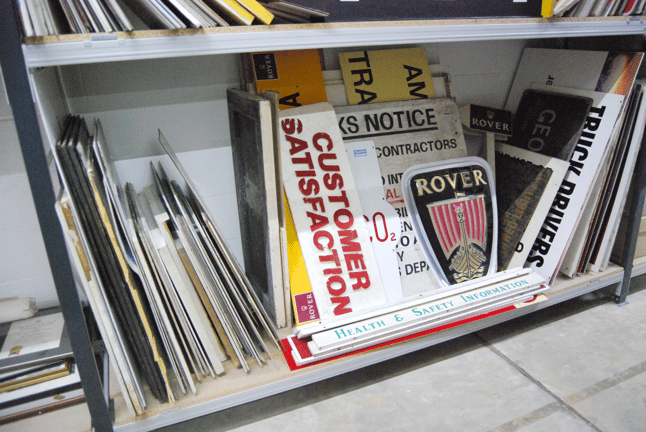
This posed a problem which was mainly due to a lack of available space, so various ideas were explored. Two important factors needed to be considered; providing a system where the signs would be preserved, but a situation where they could also be enjoyed. Bruynzeel Storage Systems came to look, and suggested that we could place the signs on the walls onto specially-designed wire meshing. After looking at some proposal drawings, it was decided that two walls in the working area of the archive would be ideal to showcase some of the signs. The next stage was to have the meshing installed and to choose the signs to be placed on the wall.
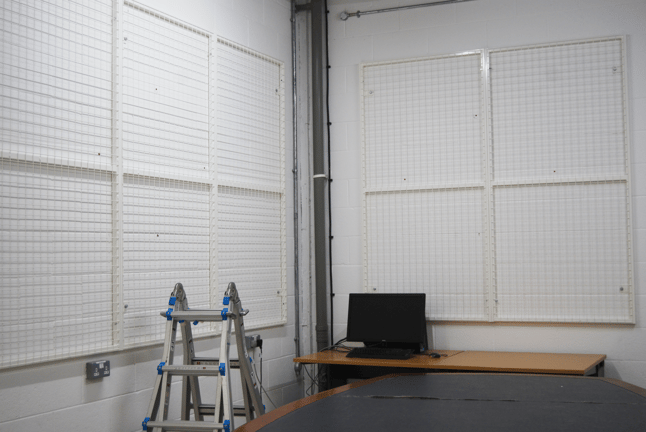
With the help of Colin, some of the more exciting signs were carefully chosen for the job. It may sound like a simple task, but there were so many signs removed we had the task of selecting signs that were exciting, colourful, had interesting messages and also demonstrated the large timescale of production on the site.
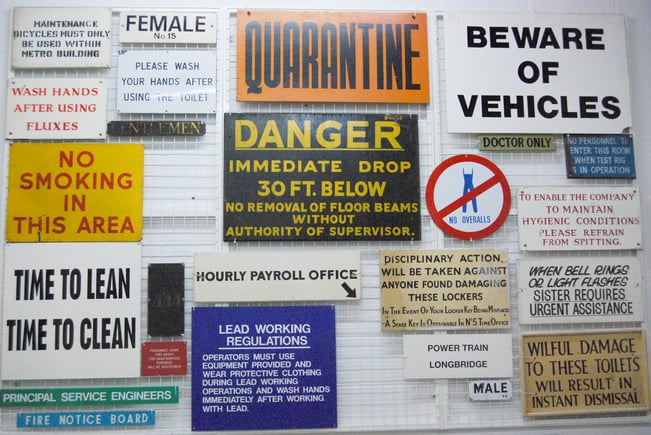
During its heyday, the factory at Longbridge contributed to a large proportion of British car manufacturing. Opened by Herbert Austin in 1905, the site‘s history spanned over 100 years, during which time it produced not only cars, but aeroplanes, munitions and other military vehicles, to name a few. During its working lifetime, the factory was absolutely covered with signs, most of which were warning employees of the dangerous nature of the jobs in hand. Some dated back to the very early days of production on the site, which really gave a feel for what it was like working in that kind of environment. One of the most interesting aspects of the sign collection is the difference in the messages being put across. There seems to have been a massive focus on hygiene in the earlier years, encouraging workers to wash their hands and refrain from spitting.
Whatever the content and intent of the signs, you can’t help but think of all the people who read/ignored their messages over the years (especially the one about spitting!).
We hope you agree that this is an interesting and effective way of displaying these fascinating artefacts. At present, one wall of signs has been completed, so now on to the next one, watch this space!
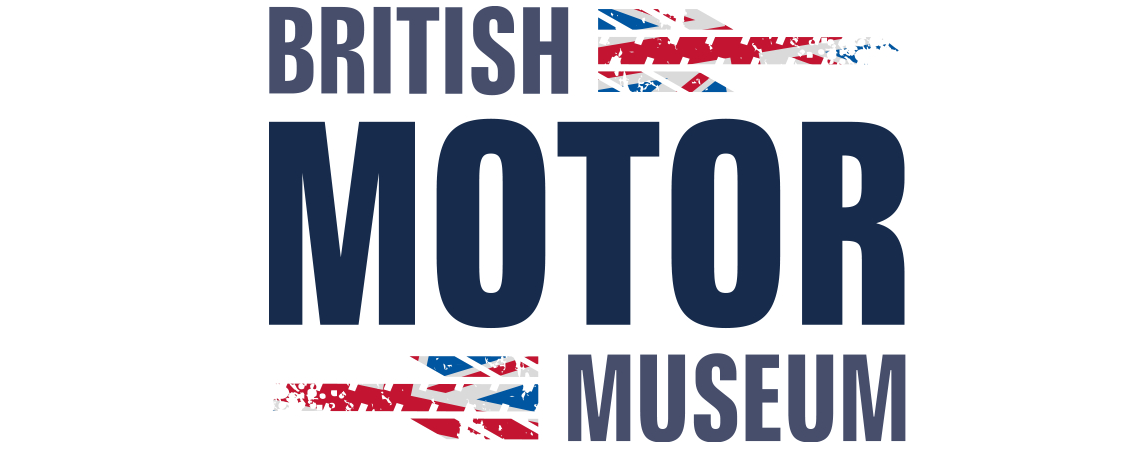




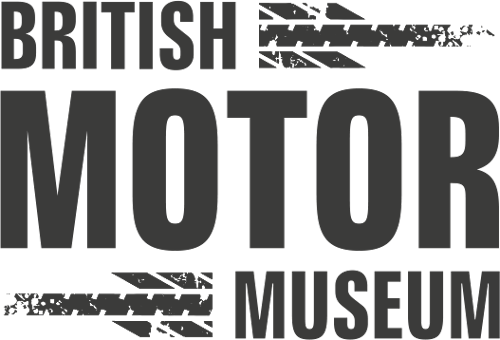














.png)


